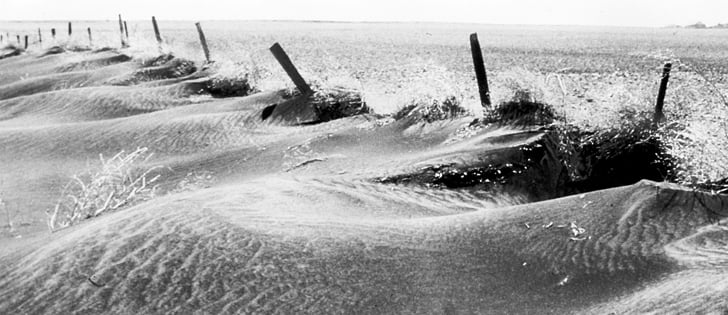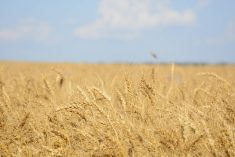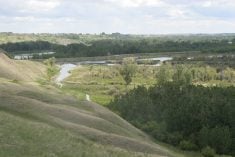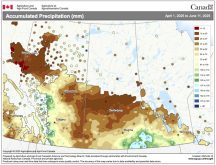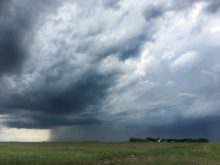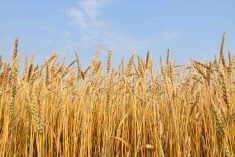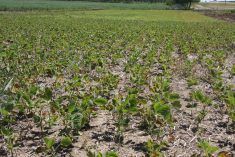We’re all pretty confident we’ll never experience another dust bowl. So much so that it never even enters our conscious minds. Zero till, irrigation and drought-tolerant crops remove all fear of a repeat.
But maybe we’re all wrong.
Two researchers at the University of Chicago think so.
They argue that it’s inevitable we will experience massive crop failures like those our parents and grand-parents saw in the 1930s.
Only, the next dust bowl will be even more devastating for crops than the one 80 years ago, say Michael Glitter, a graduate student in geophysical sciences, and Joshua Elliott, a scientist at the Center Climate and Energy Policy.
Read Also

Growing garlic by the thousands in Manitoba
Grower holds a planting party day every fall as a crowd gathers to help put 28,000 plants, and sometimes more, into theground
The researchers analyzed historical weather and crop data to see how extreme drought and heat would affect corn, soybeans and wheat. They found that conditions similar to the 1930s would drastically reduce modern crop yields.
“We expected to find the system much more resilient because 30 percent of production is now irrigated in the United States and because we’ve abandoned corn production in more severely drought-stricken places such as Oklahoma and West Texas,” Elliott said.
“But we found the opposite. The system was just as sensitive to drought and heat as it was in the 1930s.”
Farming technology has advanced in the past eight decades, but most of the effort has concentrated on yield rather than resilience and sustainability. Elliot said in a report that many of North America’s main crops remain vulnerable to extreme weather.
Added Glotter: “We knew a dust bowl-type drought would be devastating, even for modern agriculture, but we expected technological advancements to mitigate those damages much more than our results suggested,” he said.
“Technology has evolved to make yields as high as possible in normal years. But as extreme events be-come more frequent and severe, we may have to reframe how we breed crops and select for variance and resilience, not just for average yield.”
The researchers said a decade like the 1930s would be more catastrophic now because today’s severe drought conditions are accompanied by rising temperatures.
“By mid-century, even a normal year in precipitation could be as bad as what we saw in 1936,” Elliott said. “And a year with even a 10 to 20 percent loss of precipitation becomes extraordinarily damaging.”




